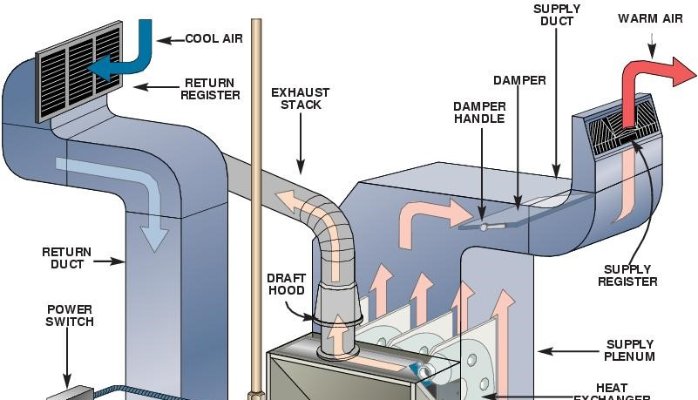Tips
How To Inspect A Furnace Before Buying A Home In 2020
Canadians are very mobile people. Every year, more than 4 million people move to new homes across the country, and 2020 won’t be any different. Right now, many are likely looking at new homes and thinking about making a move later in the year. Many people look at the living space, the state of the roofing, and other parts they consider important; rarely do they think to inspect the HVAC system.
You don’t need to be a professional to think about and look at the heating and cooling system of a home – you need to remember to make it a priority!
Start With The Bills
If you’re looking at a home, ask if you can see any energy bills. Roughly half of the annual energy expenses will go toward heating and cooling your home. Looking at the bills and comparing them to the average for the area will help you ensure that the home’s HVAC system is efficient and in working order.
Do A Visual Check And Ask Questions
When taking a tour of a house, a lot of people skip past the HVAC system as they examine the more exciting parts. But the heating and cooling system is one of the most important parts of a home, and potential buyers should look at it even on a quick tour. It doesn’t take a lot of know-how, either:
- Always ask when the owners had the system installed. Anything 12 years or older could be due for a replacement.
- Inspect the air filters; the seller might not change them before vacating.
- Do a visual inspection of the system and the accessible vent pipe at the furnace. It doesn’t have to be thorough, but even an untrained eye can pick up some details if they look closely.
These are small areas prospective homeowners can do themselves. While they might think that a home inspector would pick up the rest, that’s not always the case!
Don’t Rely On Your Home Inspection
Homebuyers pay a lot of money to have a home inspected before they commit to purchasing it. They often assume that the home inspector has tested their HVAC system, but the inspector may not have the expertise to provide a more thorough report. They likely turned the furnace and air conditioner on and off to make sure they fire up, but it usually isn’t much more than that. Most home inspectors won’t even have the necessary tools, like an ambient carbon monoxide tester, that would tell them more.
The furnace and air conditioning system often appears to be functioning well, but there could be problems that the home inspector can’t see. This includes damage to important inner parts like the heat exchanger. The intricate inner workings of the HVAC mean it often contains most of the problems overlooked in home inspection reports.
The HVAC system is one of the most expensive parts of the home. Homeowners should be certain about what they’re getting into and have heating and air conditioning systems checked out by a specialist. This will reveal any problems that affect the energy efficiency of your new home. Once they know the condition of the entire home and feel satisfied enough to purchase it, new homeowners should make HVAC inspections a regular part of maintenance.

